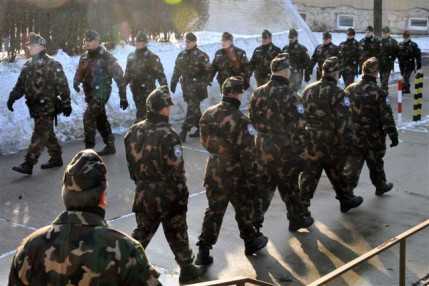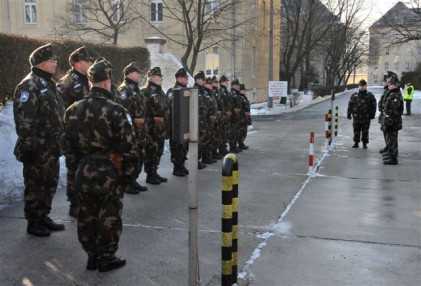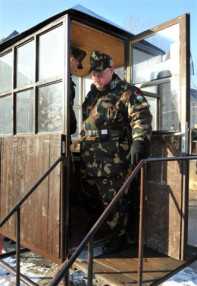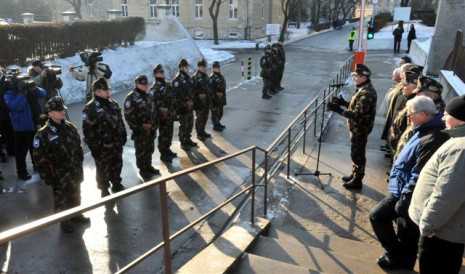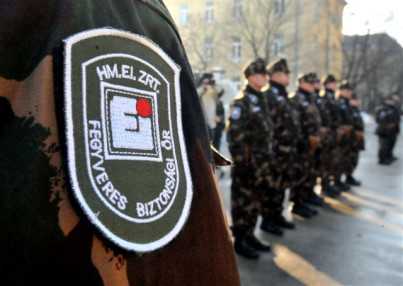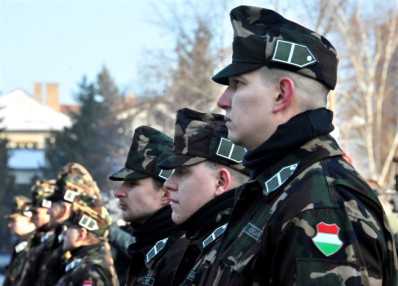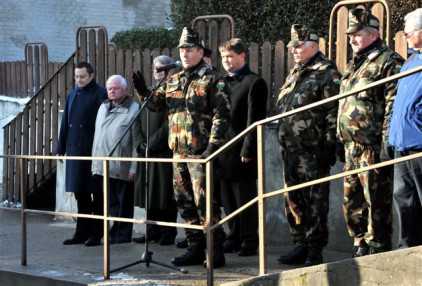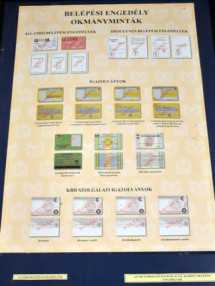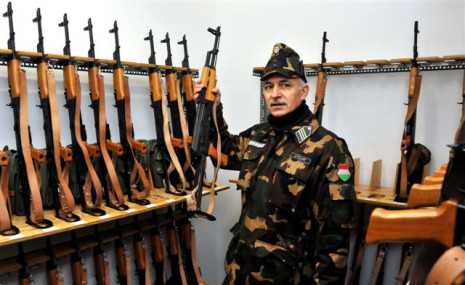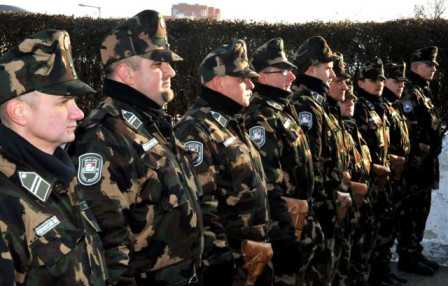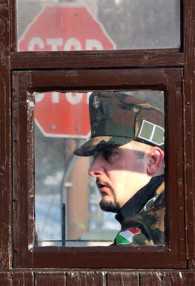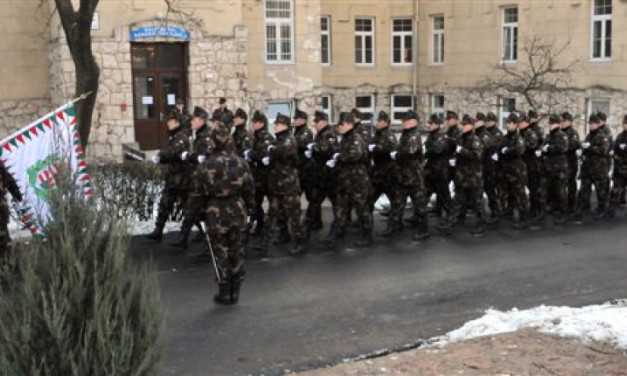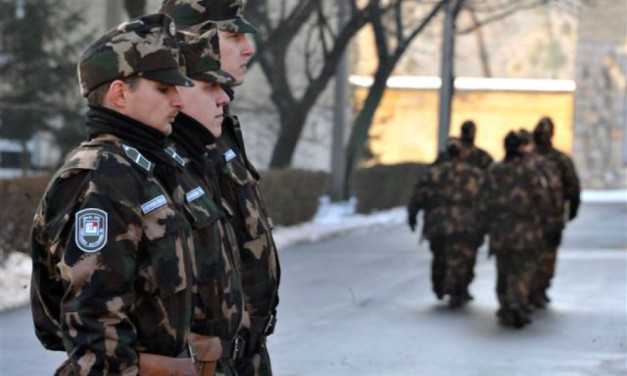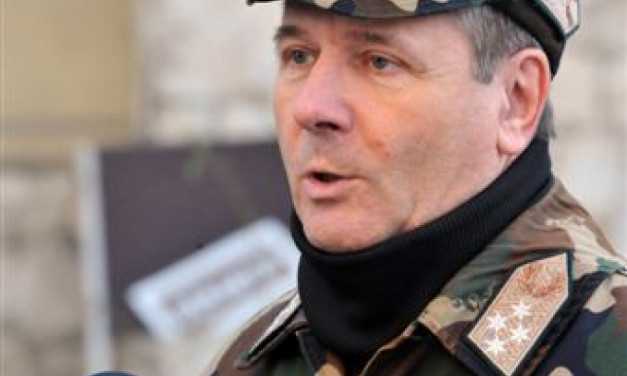Changing of the Guard – A Tradition Returns
Szöveg: Tőrös István | 2011. január 2. 13:59Several military corps will remember the morning of January 2, 2011, when voluntary defence reservists were introduced to the public in Budapest, Győr and Debrecen. In a proper manner, while on duty – the representatives of the press were present to see the first changing of the guard in Petőfi Barracks, in the capital.
Galéria
General Dr. Tibor Benkő, Chief of Defence Staff, HDF was received with military honours in the HDF Support Brigade barracks in Budaörsi út. Following the national anthem and the parade of the guard of honour platoon, the chief of defence staff – in the company of Dr. Gábor Szarka, Head of the Cabinet Office, Major-General István Juhász, Director of Staff, HDF General Staff, and representatives of the Ministry of Defence – was present at the 10 o’clock changing of the guard at the entrance of the building.

The changing of the guard was not a formal ceremony – for that took place on December 31, 2010, in the presence of the former guard service and the leaders of the defence reservists –, the press saw a daily, routine task. The commander of the outgoing guard transferred the duties of the service to the commander of the new rotation, which was followed by the exchange of official records and signing the necessary documents.
Gen. Benkő addressed the reservists, wishing them a happy new year and also mentioning the efforts as a result of which the gates of 57 military facilities will be guarded by armed defence reservists, starting from January 1.
2,049 soldiers have joined the defence forces – pointed out the general –, for this is the number of troops who have completed their training and took a formal oath. Defence reservists are capable of and fit for guarding facilities and they can also be deployed in the event of natural disasters – unfortunately, in 2010 there were several examples for that – to participate in crisis response operations.
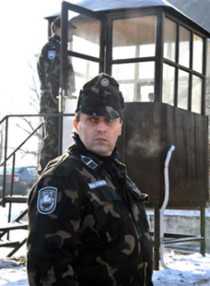
Among those who signed the contract – emphasised the chief of defence staff – we can find employees of the former guard services, reservist soldiers, even retired policemen. Among others, reservist soldiers were the reason for the introduction of stripes indicating ranks on the uniform, because it may happen that a reservist captain gives an order to a reservist lieutenant-colonel. Now a guard commander with three stripes on his shoulders can give orders to the commanding officer of the guard, whose rank is indicated by two stripes.
Defence reservists are armed guards of facilities, which means coercive instruments (truncheon) and small arms (pistol) in time of peace. In an emerging situation, reservists are given AK–63 assault rifles – they have been trained to use – and live ammunition from the armoury.

